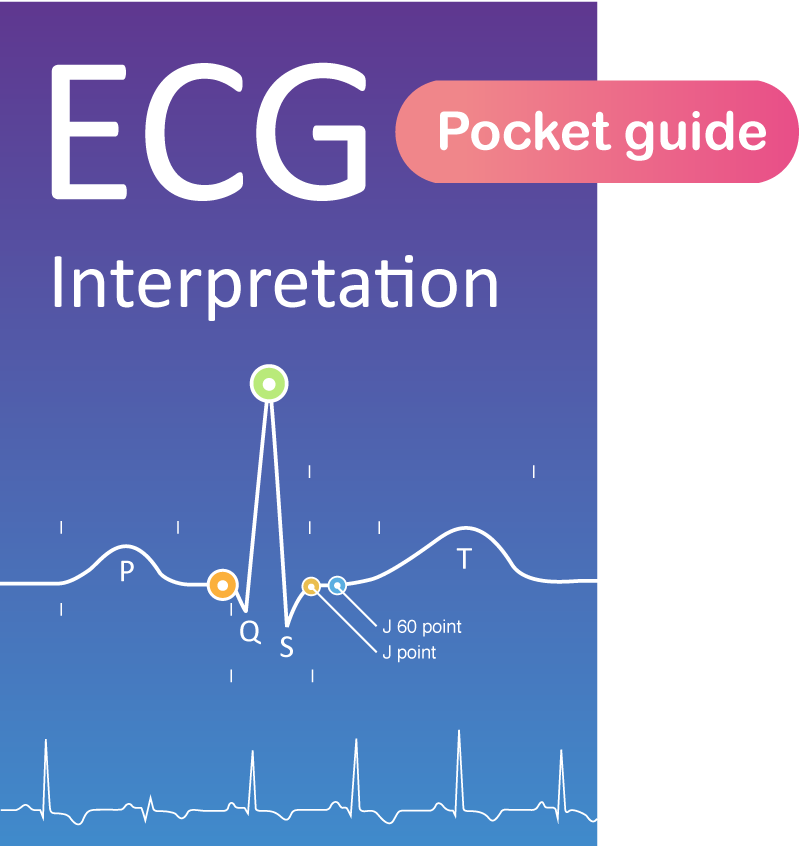Sudden Cardiac Arrest and Cardiopulmonary Resuscitation (CPR)
-
Introduction to sudden cardiac arrest and resuscitation4 Chapters|1 Quiz
-
Resuscitation physiology and mechanisms2 Chapters
-
Causes of sudden cardiac arrest and death2 Chapters
-
ECG atlas of ventricular tachyarrhythmias in cardiac arrest8 Chapters
-
Cardiopulmonary Resuscitation10 Chapters
-
Basic Life Support (BLS) in cardiac arrest
-
Arrhythmias before and during cardiac arrest
-
Advanced cardiopulmonary resuscitation (CPR) - Advanced cardiovascular life support (ACLS)
-
Interpretation of ECG after ROSC (Return of Spontaneous Circulation)
-
Care after return of spontaneous circulation (ROSC)
-
Short and long-term prognostication in cardiac arrest
-
Assessment of the pupillary reflex in cardiac arrest
-
Ultrasound (echocardiography) in cardiac arrest and resuscitation
-
Capnography (end-tidal carbon dioxide measurement, ETCO2) during cardiac arrest
-
Extracorporeal cardiopulmonary resuscitation (ECPR)
-
Basic Life Support (BLS) in cardiac arrest
-
Special Circumstances11 Chapters
-
Cardiac arrest in hypothermia (accidental hypothermia)
-
Cardiac arrest in hyperthermia and malignant hyperthermia
-
Cardiac arrest due to electrolyte imbalance
-
Cardiac arrest during pregnancy and childbirth
-
Cardiac arrest during sepsis
-
Cardiac arrest due to pneumothorax
-
Cardiac tamponade causing cardiac arrest
-
Cardiac arrest due to anaphylaxis
-
Cardiac arrest in intoxication (poisoning)
-
Cardiac arrest due to hypoxia and asphyxia
-
Traumatic cardiac arrest
-
Cardiac arrest in hypothermia (accidental hypothermia)
Ultrasound (echocardiography) in cardiac arrest and resuscitation
Bedside echocardiography in cardiac arrest
In the context of cardiac arrest, focused echocardiography entails a swift evaluation of ventricular contractions and the status of the pericardium by an experienced clinician. The examination is typically as brief as the intervals required for rhythm checks. Achieving clear echocardiographic windows during active compressions is challenging; however, subcostal windows might be feasible, particularly during brief pauses.
An enlargement of the right ventricle is suggestive of pulmonary embolism, though its specificity is low. Notably, specificity increases when the septum bulges into the left ventricle (i.e. septal bulging).
Bedside echocardiography allows for immediate recognition of tamponade. Typically, acute tamponade arises from aortic dissection, and survival among such patients is, unfortunately, very rare.
